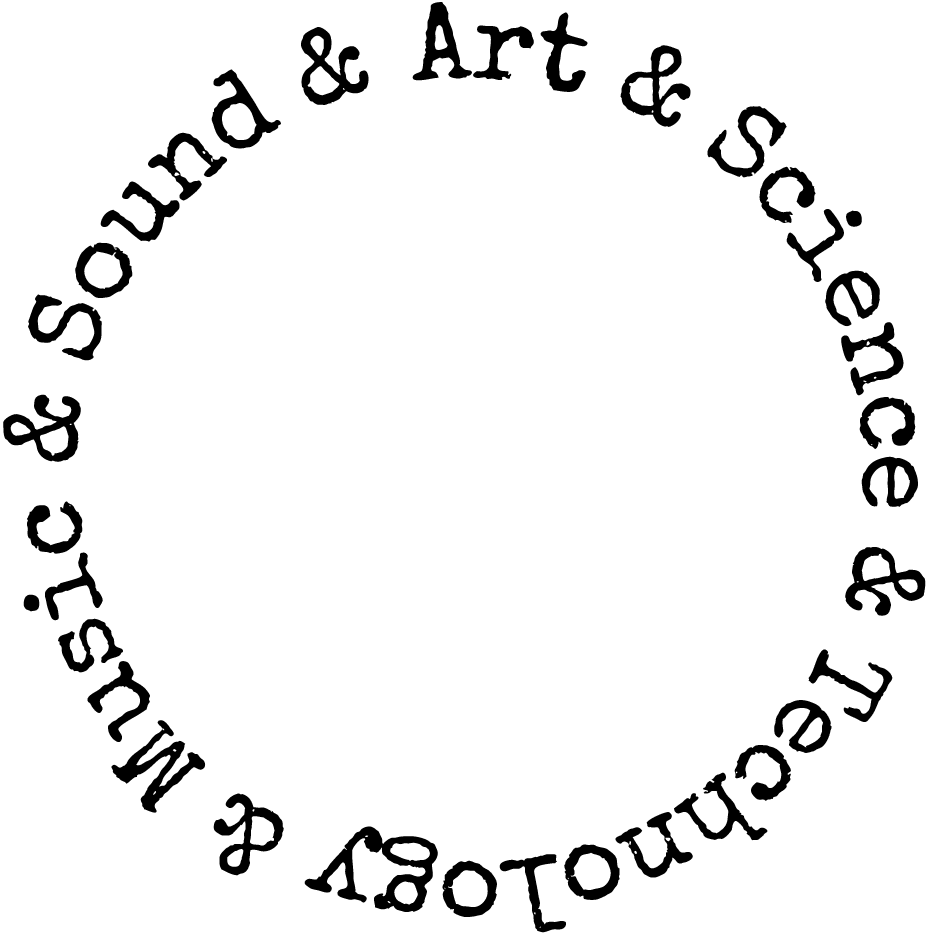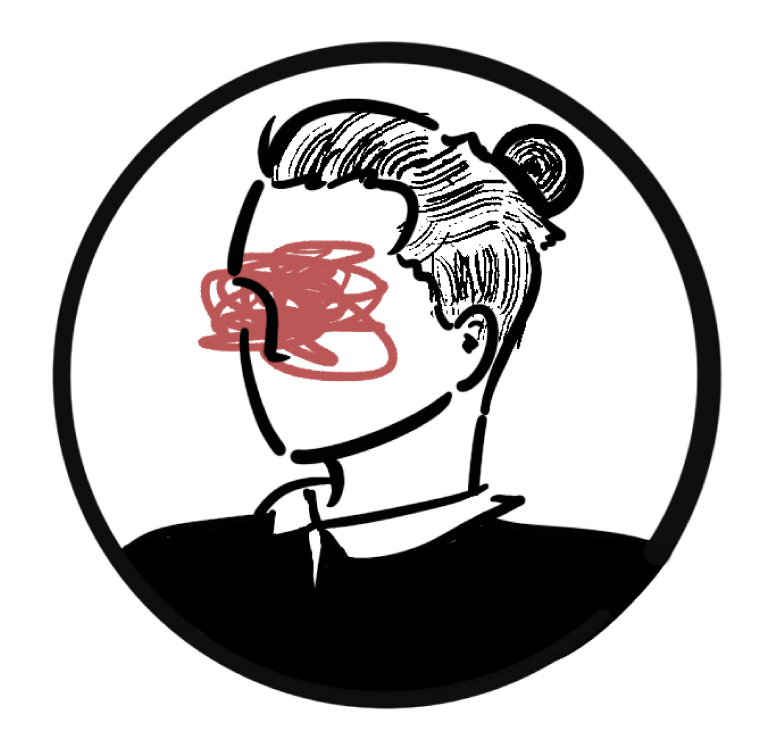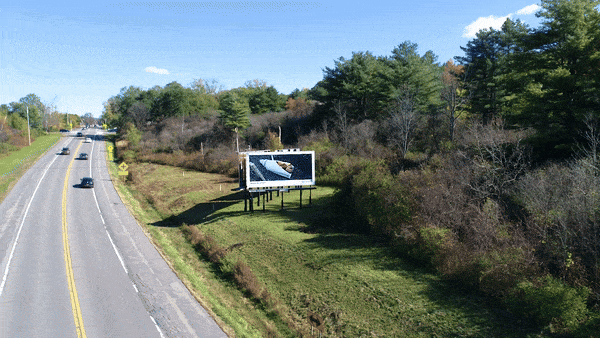Rodrigo Guzman-Serrano
Art Historian, Curator
Publications
No abstract available.
In art, fermentation can be understood metaphorically as a representation of transformation. However, as a biocultural phenomenon within a posthuman framework, it manifests a complex lattice of multispecies relationships, microbiopolitics, and metaphorical figurations that are adopted in works of art and biology as medium and content. In this article, the authors analyze artworks and projects that utilize fermentation by artists such as WhiteFeather Hunter, Amor Muñoz, Anna Dumitriu, and others. These works explore fermentation in the creation of biomaterials, its role in foods like cheese, and its status as a metaphorical figuration in hybrid mechanisms that give central stage to fermentation as a biocultural artifact embodying a nature-culture continuum in a microbial postanthropocentric framework.
The Winogradsky column is a nineteenth-century device for culturing microorganisms using samples of water, mud and other nutrients in transparent tube-shaped containers. In this device, metabolic processes and microbial functions are not reduced to mere illustration but are staged at the intersection of presence and representation. In this article, the Winogdrasky column is analysed as a cultural artifact that embodies recent changes of conceptualization of microorganisms in the life sciences and the humanities. As an instrument that models specific ecosystems, the Winogradsky column moves away from conceptualizations of microbial species as isolated and self-defined organisms in favour of a more ecological, interdependent, multi-species interpretation of life. This paper also traces the transition of the Winogradsky column from an experimental device of the natural sciences into a form of display in natural history museums and later appropriated as an artistic medium. With examples from displays at natural history museums as well as works of art and biology, the Winogradsky column embodies the shift in thought and discourses regarding microorganisms, their ubiquity and impact on the environment and on us, which corresponds to a larger epistemological transformation to re-frame microorganisms towards a post-anthropocentric turn.
Text for the catalogue to the 2018 exhibition "Ricardo Guzmán: Traslucir" at Museo de Arte Contemporáneo de San Luis Potosí, Mexico.
The digital revolution has already left its footprint in the cultural industry by not only introducing new aesthetics and art forms, but also by crucially transforming the practices of museums, libraries, archives, and cultural institutions in general. However, although most museums rely on the use of digital technologies in one way or another, few actively collect and preserve media and digital art. This apparent contradiction has not only endangered the future availability of specific artworks but it has also impeded the proper contextualization and historicization of media art.
In this paper, I start from the premise that a significant factor preventing media art from being fully assimilated by museums and the art market is its fluctuating condition between materiality and immateriality, as well as other issues associated with the identification of its artistic medium. In order to approach these problems, I emphasize both the material and immaterial, as well as medial dimensions of media art by drawing from discussions around the concept of medium in art, Rosalind Krauss’s postmedium condition, and Christiane Paul’s notion of neomateriality.
As a case study, I use Christa Sommerer and Laurent Mignonneau’s project "Portrait on the Fly" (2015), which addresses the issue of media art preservation in three different levels: an iconographic level through the symbolism of the fly as an image of decay and loss, a pragmatic level as an artwork existing in multiple materialities, and a narrative level in the creation of a growing archive of portraits of the figures that have shaped the field of media art.
Discussions on the use of machine learning and artificial intelligence (AI) in the production of art have gained attention in recent years. In this paper, we critically address the binary narratives surrounding AI that ponder it either as tool or as agent of artistic production. Later, we discuss the general idea of AI systems as potentially replacing humans in different endeavors by presenting some arguments posited by Artificial Intelligence expert Kai-Fu Lee. Afterwards, we submit the idea of AI as artistic medium by drawing from discussions on the concept of medium in art. We show that the issue of AI-tool versus AI-agent is a continuous narrative that dates back to the so-called algorithmic art or computer art of the 1960s and 70s. We then tie the idea of artistic medium with the issue of artistic agency and artistic identity.
This paper focuses on explicit attempts at developing artificial intelligence in the production of art that generate outcomes similar to, or even technically superseding, the works of human artists. We aim at revealing the underlying discourses that equate art production with transformation of information, artists with input/output systems, and artistic creativity with an unlimited and autonomous generation of art-like outcomes.
As a point of departure, we begin from an exposition of Margaret Boden’s account of creativity and proceed by examining different arguments to the effect that computers can be truly creative, primarily those offered by Boden (2004, 2010). We question what the assumptions, operative in the discourse on artificial or computational creativity, entail. AI-agents can produce creative outcomes because they implement our best models of creativity.
By implementing these models, however, AI-agents evidence a particular understanding of what art is and what constitutes artistic production. This understanding does not fully conform to how contemporary artistic practices are perceived and valued. As a result, we argue, better models to frame artistic AI and computational creativity are needed to fully appreciate the developments in this field and their articulation within the existing art world.
Water is one of the most recognizable areas of impact of climate change. Moreover, industrial pollutants and unjust policies over water management and distribution have also resulted in sever water crises around the world, particularly in developing nations. Against this global backdrop, Mexico faces its own water crisis, particularly in the Valley of Mexico, where Mexico City is located. This crisis, which is only expected to get worse, is not a recent phenomenon, but the result of a long and evolving process that includes the desiccation of Mexico City’s natural bodies of water, inefficient urban planning throughout the colonial era and the nineteenth century, as well as corrupt environmental policies that allowed the pollution of its major sources of water, such as the Lerma River.
Through the lens of political ecology as an approach to unmask the externalities of environmental action—understood as the disowned political, social, and Western capitalist offshoots of the ecological discourse—this paper analyzes two recent techno-scientific artworks that frame the issue of water beyond being purely environmental and more as pertaining to the realm of modern infrastructure and the post-anthropocentric turn. A continuation of his previous work in search of autonomous bio-mechanical creatures that interact with their environment, Plantas Autofotosintéticas [Autophotosynthetic Plants] (2015) by Gilberto Esparza questions the human primacy over natural resources by presenting fictional scenarios in which hybrid bio-machines exist and live off the waste and technological products of humanity. On the other hand, Possessing Nature (2015) by Tania Candiani and Luis Felipe Ortega, presented at the 2015 Venice Biennial, offers a critique of the politics of modern infrastructure over the management and distribution of water resources, as well as a broader exposure of the geopolitical dynamics between center and periphery.
Digital technologies have significantly changed the practices of museums, cultural institutions, libraries, and archives. However, although many museums have adopted digital media in one way or another, few actively collect and preserve media art. This thesis explores the challenges associated with the collection, presentation, and preservation of technological and digital arts. In particular, it focuses on the different strategies that institutions, artists, and art practitioners in general have developed in order to integrate media
art into the circuit of museums and art collections as well as the specific methods they implement to ensure the proper care and preservation of media artworks. Furthermore, it also explores the role that artists play regarding the documentation and conservation of media art, as well as the shared responsibilities that this emerging discipline demands. In order to approach these issues, this study emphasizes the material and immaterial, as well as medial dimensions of media art, by drawing from discussions around the concept of medium in art, Rosalind Krauss’s postmedium condition, and Christiane Paul’s notion of neomateriality. Case studies include the practices of artists such as Antoni Muntadas, Igor Štromajer, Rafael Lozano-Hemmer and, in particular, Christa Sommerer and Laurent Mignonneau. The minimal presence of media art at major museums and cultural institutions impacts the proper contextualization, categorization, and appreciation of media art. This thesis explores the state of media art preservation and collection, while also offering a theoretical discussion on the material and immaterial conditions of media art.
This thesis explores the development of technoscientific arts in Mexico, its evolution, main artists, and institutions. It focuses on specific technoscientific artistic projects developed in Mexico between 2000 and 2015 by artists like Tania Candiani, Gilberto Esparza, Iván Puig, and Ale de la Puente, whose approaches to science, artistic research, monumental machines, and interactive technologies have shaped a distinct artistic character in Mexico that moves beyond the mere illustration of technoscientific subjects into innovative practices through the thoughtful adoption of quasi-scientific methodology, the creation of invention-like machine artworks, and the assumption of critical political positions. Through the engagement with specific scientific disciplines, the development of invention-like artworks that produce autonomous machines, and the assumption of critical political postures via the aesthetic possibilities afforded by new technologies, the projects and artwork discussed in this study display features that frame a specific type of technoscientific art production in a country whose research in science and technology is largely underfunded and whose relationship to industrialization, globalization, and modernity in general, has generated substantial social and economic inequality, false promises of progress, and failed infrastructural projects.
N.b. This thesis was written in 2016 and approved in 2018.
No abstract available.
Exhibitions
Research & Projects
News
- → November 2024. My essay "In the Shadow of the Natural Image: On Pliny, Photography, and Microbes" is finally out in the catalogue to Wonder & Wakefulness: The Nature of Pliny the Elder, eds. Verity Platt & Andrew C. Weislogel (Ithaca, N.Y.: The Herbert F. Johnson Museum of Art, 2024).
- → September 2024. Listen to my Member Spotlight interview with the New Media Caucus!
- → June 2024. I received one of the Vagner Mendonça-Whitehead microgrant awards from the New Media Caucus.
- → April 15, 2024. I was invited to present my paper "A Wandering Pavilion: A Revelation, a Failure, and the Intermittent Participation of Mexico at the Venice Biennale, 1950–2015" at the South & About research workshop supported by the Institute for Studies on Latin American Art (ISLAA).







